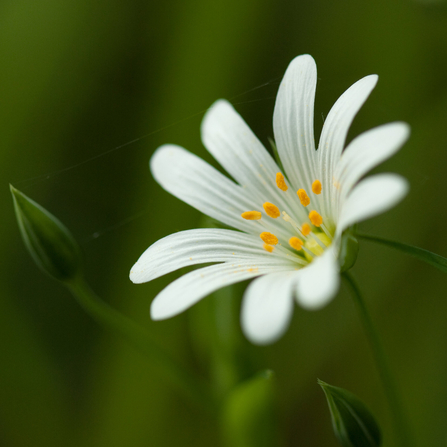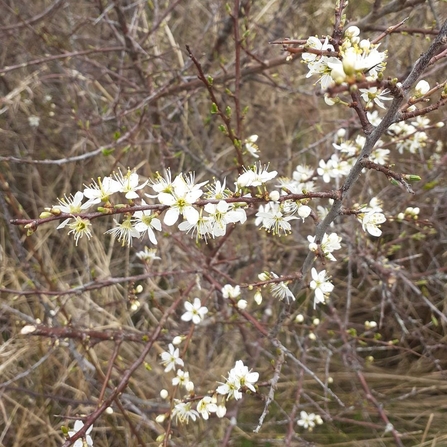
Vaughn Matthews
Greater Stitchwort 🇮🇲Lieen Ferish
A common sight in spring on hedgerows, along lanes and in woodlands, the white flowers of the greater stitchwort are about 2-3cm across, with five petals divided about half way down. The leaves are very narrow with no stalks and rough edges
Plants with the suffix “wort”, often had a medicinal use. The name “Stitchwort” is thought to come from the belief that it cured side-stitch caused by exercise.
Look out for stitchwort if you are visiting MWT's Ballachurry Nature Reserve! https://www.mwt.im/nature-reserves/ballachurry







